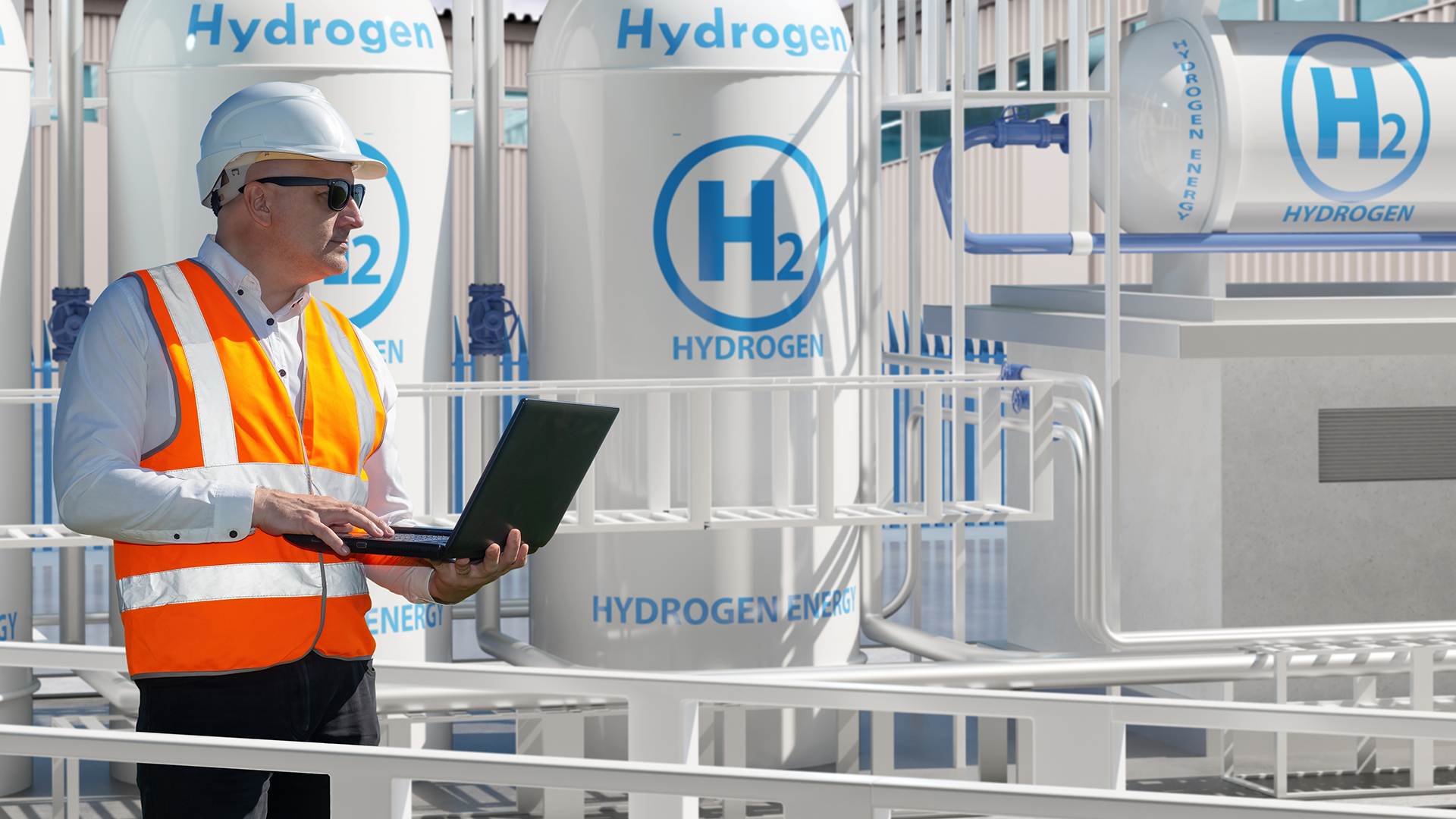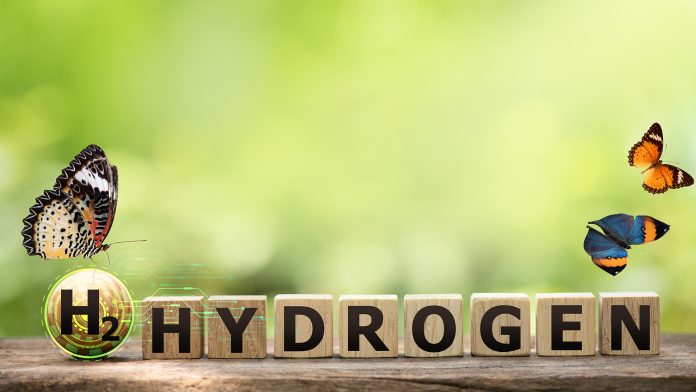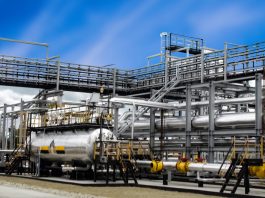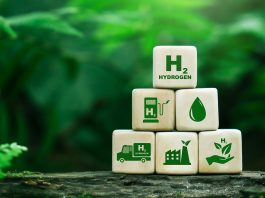The UK seeks to establish itself as a world leader in low-carbon hydrogen production. Celia Greaves, CEO of the Hydrogen Energy Association, discusses current challenges and strategies for progress in the coming year.
Following the General Election results, Labour is already making progress on its ambition for the UK to become a clean energy superpower. This includes appointing Chris Stark, former CEO of the Committee on Climate Change, as head of Mission Control for Clean Power and bringing together experts and officials to troubleshoot, negotiate, and clear the way for energy projects.
Their resolve to deliver 2030 clean power – described by the Department for Energy Security and Net Zero to be Prime Minister Sir Kier Starmer’s ‘North Star’ – is set to be supported by plans for Great British Energy, the National Wealth Fund, the British Jobs Bonus and an energy system reform as well as reviews into national policy, planning systems and projects.
The time is ripe to take forward the momentum built up in the last decade; we have a government that is serious about delivering, and there are ambitious, world-leading projects ready to deploy at scale, creating jobs and saving carbon. These trailblazers will help us bring down costs, confirm safe operation and showcase what low-carbon hydrogen has to offer.
However, there remain hurdles and several key steps we need to take in the coming months and years to deliver against the promise that hydrogen presents.
Ten quick wins
The Hydrogen Energy Association has been driving the low-carbon hydrogen agenda in the UK for almost 20 years, and at our recent annual conference, we focused heavily on ambition for the next stage.
As part of this, we brought together ten leading trade groups in hydrogen – representing thousands of businesses in the sector – to join forces to highlight ten ‘quick wins’ to accelerate the growth of the hydrogen economy.
The Hydrogen Coordination Forum – convened by the HEA and including Renewables UK, the REA, Hydrogen East, the North-West Hydrogen Alliance, Scottish Renewables, Hydrogen Southwest, the Carbon Capture and Storage Association, the Decarbonised Gas Alliance, and the Midlands Hydrogen and Fuel Cell Network– came together as one collective voice to announce these ten actions of hydrogen in the UK.
The policy reforms include stimulating supply, simplifying the planning framework, bolstering investor confidence, mitigating risk, improving cost competitiveness, assessing employment benefits and developing refuelling infrastructure standards.
Our ambition for hydrogen is to support the industry in developing sustainable, home-grown supply chains, creating high-quality jobs, and capitalising on innovation and expertise so that our transition to net zero delivers a range of real economic benefits for the UK.
Green jobs
This leads me to the pressing need for a holistic hydrogen talent pipeline to plug an emerging skills gap in the sector.
The HEA has been working extensively this year with the Hydrogen Skills Alliance to develop a strategy to identify gaps and highlight where hydrogen education and training are needed.
The limited availability of skilled labour within the hydrogen sector is an increasingly urgent consideration. Failure to address this issue now will result in sector-wide shortages and supply chain disruption that will inevitably constrain the pace at which the UK hydrogen economy can develop.
We have, therefore, called for the allocation of sufficient funding for upskilling and retraining, collaboration with educational initiatives and institutions to create clear career transition pathways, and a fund for a national hydrogen skills training programme to ensure a pipeline of new and existing talent.
While developing a hydrogen workforce is unique in that it has to be built from scratch and at an unprecedented pace, it has the advantage of skills transferability from the existing oil and gas industry. This indicates a need to create a joined-up approach to people and skills across the energy industry.
However, with 84% of employers noting an insufficient number of skilled workers for hydrogen and 61% claiming this is impacting their ability to scale up, it remains essential that the Government invest in ways to strengthen the pipeline.
Hydrogen refuelling
Earlier this year, we released a new paper, Hydrogen Refuelling Infrastructure: Standardisation, offering a series of recommendations that would help the sector work more collaboratively to overcome hurdles to adoption and rollout.
This particularly looked at one of the pressing challenges – outlined in our ten quick wins – in how to pave the way for hydrogen as a decarbonising solution for HGVs where range, power, payload and refuelling times are paramount.
In the UK’s journey to net zero, transport is one of the main areas where hydrogen is seen as a key route to decarbonisation. The establishment of refuelling infrastructure is vital to underpin hydrogen-fuelled transport. Our paper explored the state of standardisation across hydrogen refuelling and identified gaps in provision while providing recommendations to accelerate progress.
Standardisation, the development and implementation of technical standards based on health and safety good practices and consensus among technical experts, is a complex landscape with a range of national and international bodies active and varying rates of progress. The paper provided extensive detail on the breadth of current provisions and the players involved.
Major sticking points identified included the current absence of protocols for refuelling HGVs, the need for design guidelines and component certification and testing standards across different pressure classes, and the lack of a consistent approach to training.
Future outlook for low-carbon hydrogen
Whenever we paint a picture of the current hydrogen landscape in the UK and draw attention to the challenges ahead, we must also consider how far we have come.
Britain remains a world leader in developing low-carbon hydrogen, and a wealth of incredible projects are helping significantly contribute to maintaining that position.
For example, our member BP is developing a large low-carbon hydrogen project in Teesside. In contrast, our member Protium’s Pioneer One facility is being used in trials of hydrogen-powered buses in South Wales.
Meanwhile, another of our members, ULEMCo, which converts commercial vehicles to run on hydrogen fuel, recently raised more than £5m for its ‘dual fuel solution’ (H2CED), and member GeoPura secured £56m in funding from outside investors for its hydrogen-fuelled generator.

Further positive news is that work is due to start on the first eleven hydrogen production projects that have received government funding for their construction and operation. These projects have the potential to:
- Kickstart the low carbon hydrogen economy across the UK, helping meet the ambition of up to 1GW of electrolytic hydrogen production capacity in operation or construction by 2025
- Deploy at scale at the earliest opportunity, advancing the government’s aim to deploy up to 10GW low-carbon hydrogen production capacity by 2030
- Provide hydrogen to a range of end-user sectors to help deliver carbon savings and other net zero commitments.
The funding call for the next round of projects is open. Contracts are expected to be rewarded in early 2025.
Low-carbon hydrogen in a nutshell
As it stands, Government backing — which is needed now to support the supply chain of producing, storing and transporting hydrogen, as well as making it the fuel of choice of users — has been slow around the world despite widespread support for the technology as a way to decarbonise energy-intensive industries, long-distance transport and power generation, among others.
However, the UK is building on a strong foundation, and with a new government at the helm, the future of hydrogen has never looked brighter.
Certainly, hydrogen fits within the government’s growth agenda and has a crucial role to play in the Clean Energy Superpower Mission; we have already seen the Prime Minister double down on his commitments and make positive progress.
Low-carbon hydrogen policy continues to be developed at pace, and the path is set. In short, we are walking the walk, and we are ready to continue to jump the hurdles to get to the finish line.
Please note, this article will also appear in the 19th edition of our quarterly publication.









